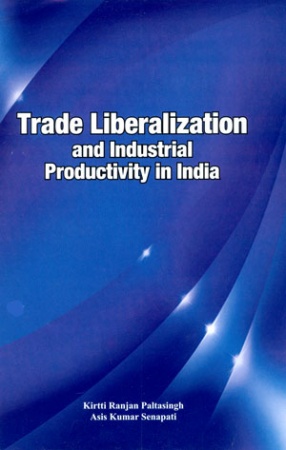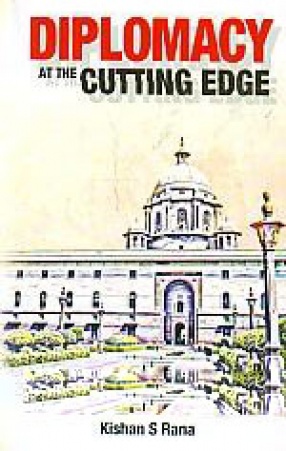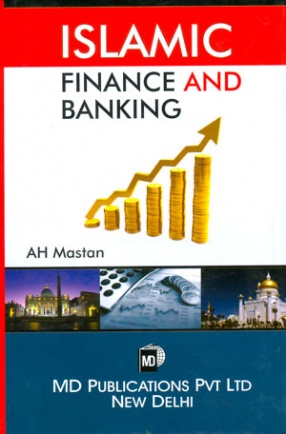Beginning in the early 1990s, India started liberalizing its economy in general, and its industrial sector in particular. One of the objectives of liberalization was to make India's industries more efficient, productive, and competitive in the global market. Toward this end, the government of India pursued three sets of reforms: (a) disbanding the complex network of industrial licensing, industrial controls, and permit system; (b) liberalizing foreign trade and currency transactions; and (c) initiating steps to encourage foreign investment inflows, preferably foreign direct investment. This book examines the impact of trade liberalization policy on the growth and productivity of manufacturing sector.
Trade Liberalization and Industrial Productivity in India
In stock
Free & Quick Delivery Worldwide
reviews
Bibliographic information
Title
Trade Liberalization and Industrial Productivity in India
Author
Edition
1st ed.
Publisher
New Century Publications, 2011
ISBN
9788177082845
Length
204p., 24cm.
Subjects





There are no reviews yet.